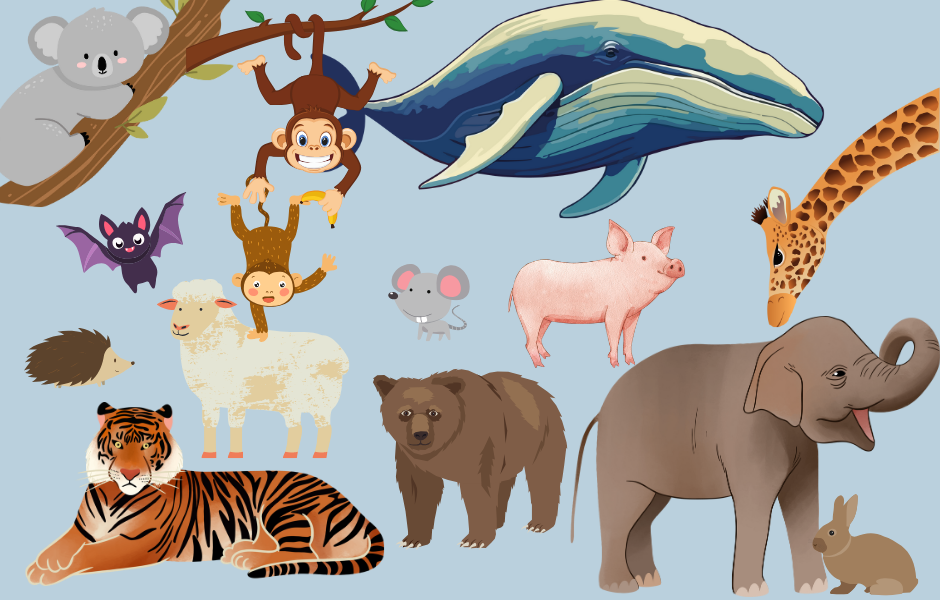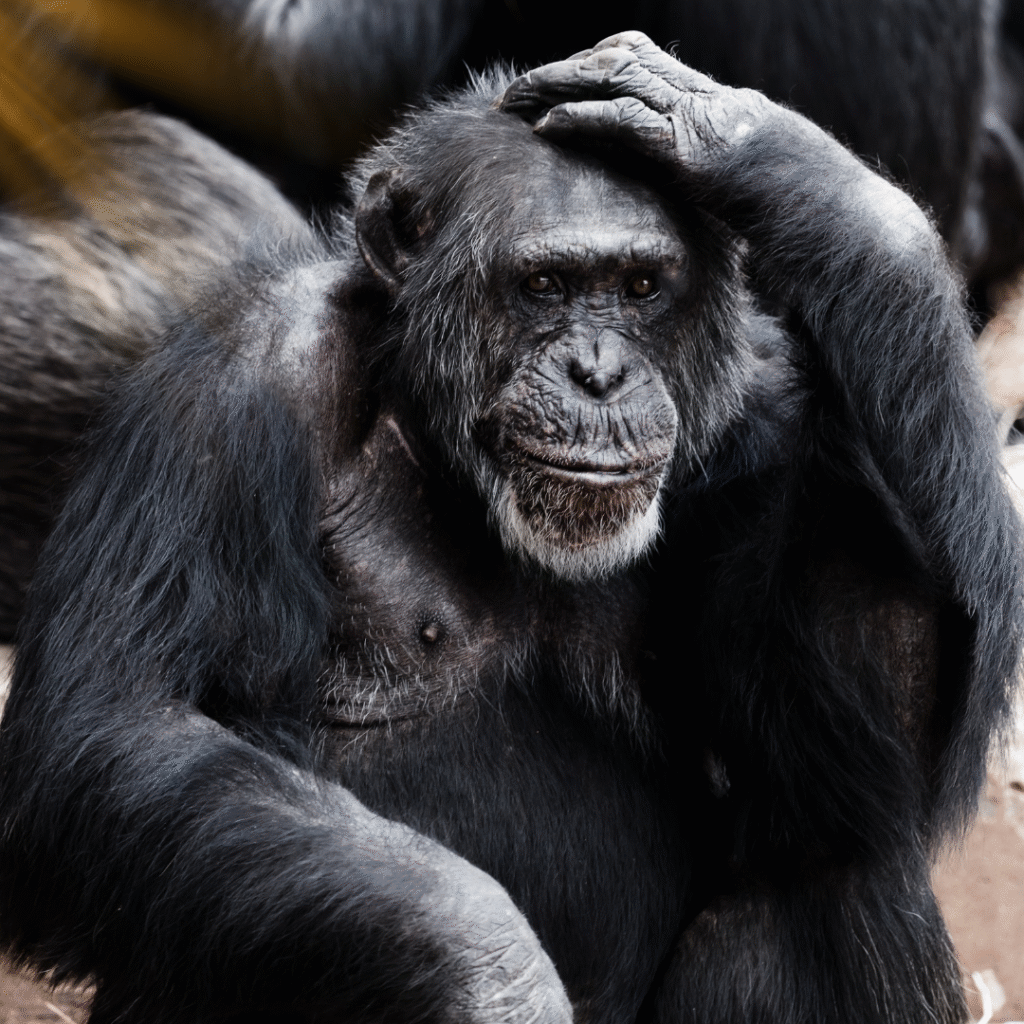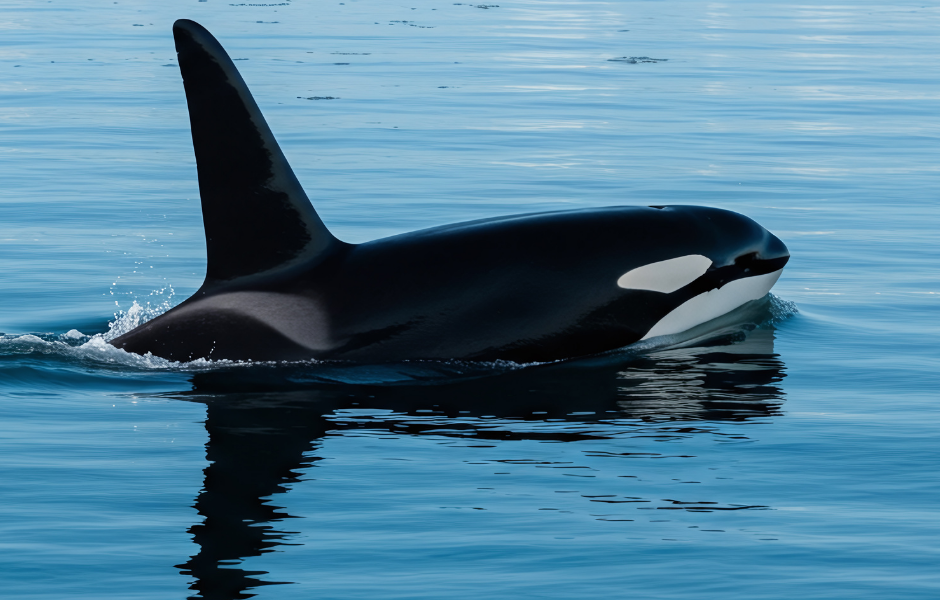
This children’s article, Use your head: It’s World Brain Day, has been written for native English speakers and learners of English as a second or foreign language. It can help children build vocabulary, learn about the human brain, and discover how to keep their brains healthy. Written by Mark Pulley, a teacher and writer who creates fun and informative news articles for English learners.
What exactly is a mammal?
Mammals are a type of animal that share some very special features. All mammals are warm-blooded, which means they can keep their body temperature steady, even when it’s cold outside. Unlike reptiles or fish, mammals don’t rely on the sun or water to warm up.
Another key feature is that all mammals have hair or fur, at least at some point in their lives. Even whales and dolphins have tiny hairs when they are born! Most mammals also give birth to live babies (instead of laying eggs), and mammal mothers feed their babies with milk from their bodies.
So if you’re warm-blooded, have fur or hair, and drink your mum’s milk as a baby, congratulations, you’re a mammal!
A brief history of mammals
Mammals have been around for a very long time. In fact, the first true mammals appeared over 200 million years ago during the time of the dinosaurs! At first, they were small, furry creatures who lived in trees or burrows to avoid being eaten. When the dinosaurs disappeared, mammals had their chance to grow and spread across the planet.
Today, there are over 6,400 species of mammals, from tiny shrews to enormous blue whales.
Where do mammals live?
Pretty much everywhere! Mammals have adapted to live in nearly every environment on Earth. Polar bears survive freezing temperatures in the Arctic, camels live in hot, dry deserts, and bats fly through forests and cities alike. Even the oceans are home to mammals like seals, sea lions, and whales.
Mammals are clever and curious creatures. Many have excellent memories, strong senses, and complex ways of communicating. Some even use tools or learn from others, just like we do!
Fun facts about mammals
- The blue whale is the biggest animal on Earth—ever! It can grow to over 30 metres long.
- The bumblebee bat is the smallest mammal. It weighs about as much as a coin.
- Humans are mammals too—we’re part of a group called primates.
- Only five types of mammals lay eggs, and they all live in Australia or New Guinea.
A giraffe’s tongue can be over half a metre long—perfect for grabbing tasty leaves!

Article vocabulary list
- Warm-blooded – Animals that can keep a steady body temperature inside their bodies
- Species – A group of animals that are the same kind
- Fur – Soft hair that covers many mammals
- Live birth – When babies are born from their mother’s body, not from an egg
- Monotreme – A mammal that lays eggs
- Marsupial – A mammal that carries babies in a pouch
- Adapt – To change or adjust to live in a new place or situation
- Primate – A group of mammals including monkeys, apes, and humans
Comprehension questions
Just click the plus (+) to see the answer
1. What is one thing all mammals have at some point in life?
A) Wings
B) Scales
C) Hair or fur
Answer: C) Hair or fur
2. Which of these animals is a mammal?
A) Platypus
B) Giraffe
C) Elephant
Answer: All of them!
3. How long ago did the first mammals appear?
A) About 200 million years ago
B) About 2 million years ago
C) About 20,000 years ago
Answer: A) About 200 million years ago
4. What is the largest mammal on Earth?
A) Elephant
B) Blue whale
C) Great white shark
Answer: B) Blue whale
5. What group of mammals do humans belong to?
A) Marsupials
B) Reptiles
C) Primates
Answer: C) Primates

Mark is a writer and EFL teacher from England with eight years’ experience. He’s passionate about travel, sport (especially football), animals, nature, and history, and enjoys helping children explore the world through language and learning.




